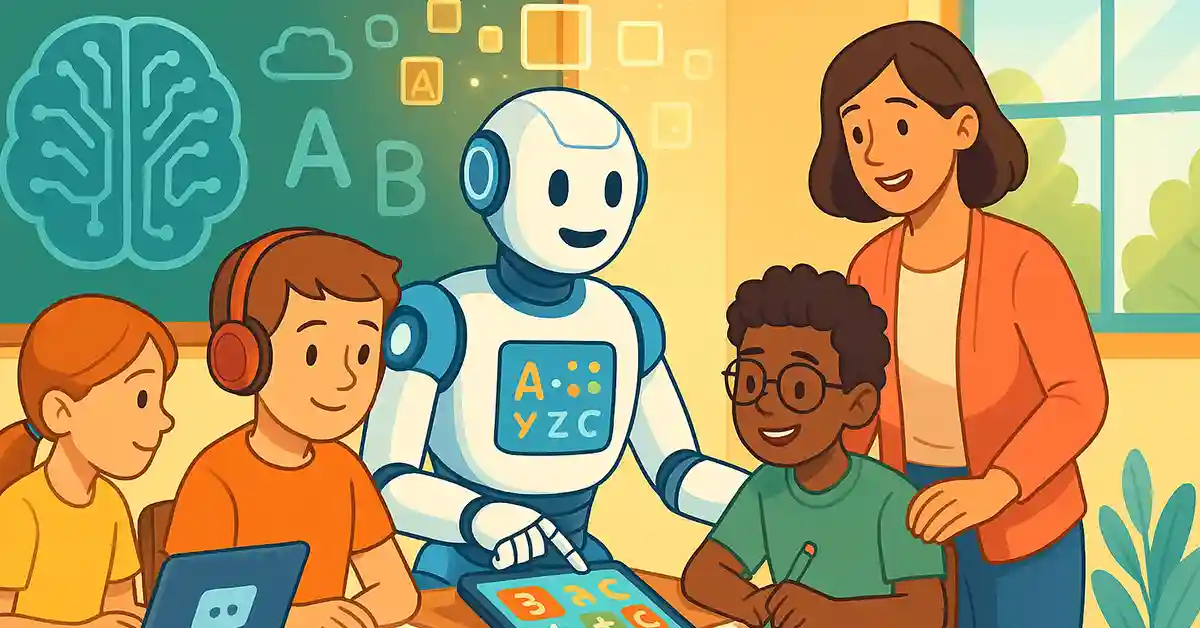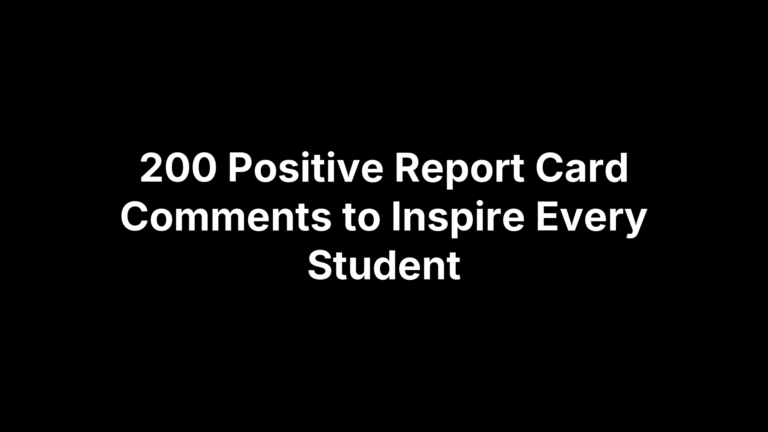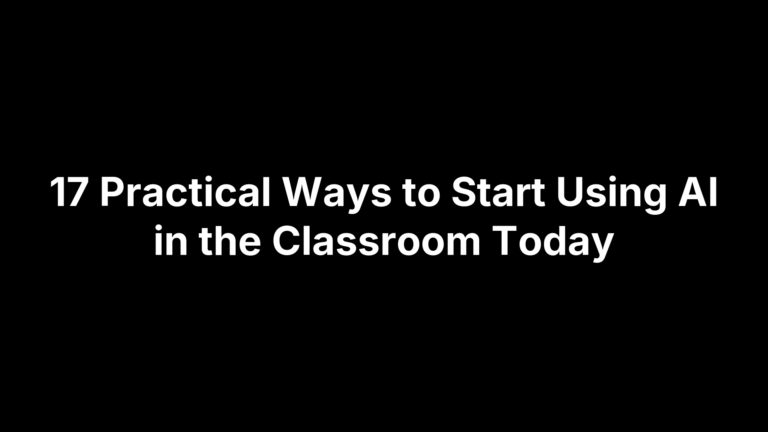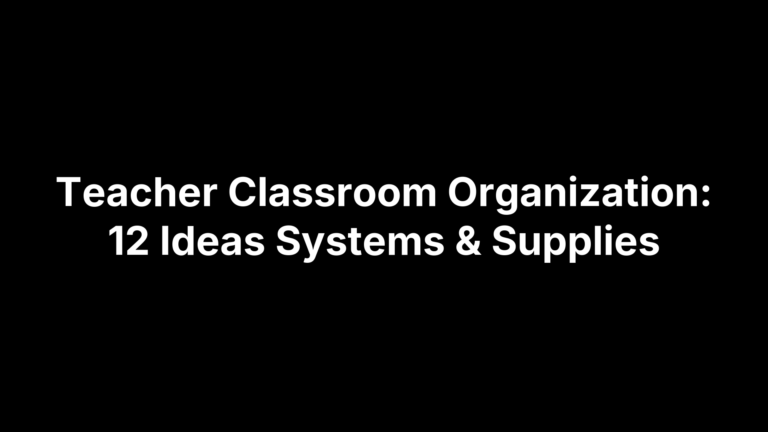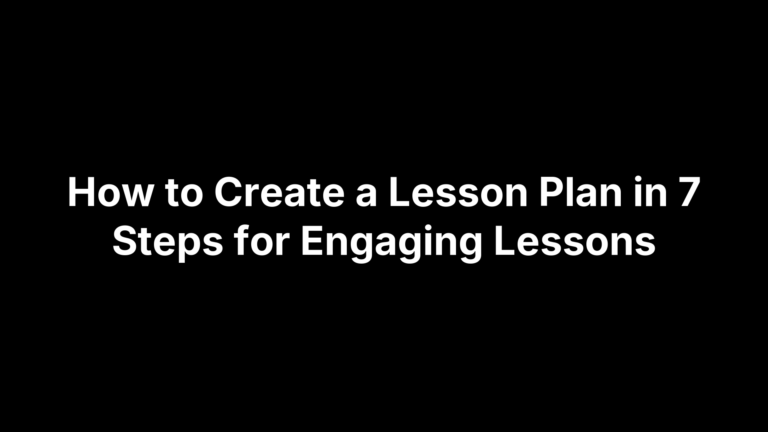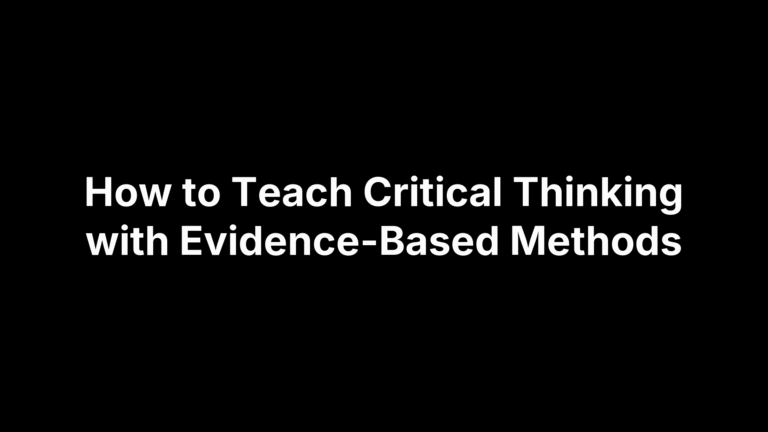The Surprising Benefits of AI in Special Education
Let me tell you something kind of amazing: the robots are finally here, and instead of plotting world domination, they’re helping students with special needs thrive. (I did not see that coming either.)
AI in special education isn’t some far-off sci-fi fantasy—it’s happening now. And while it’s not perfect (I’m looking at you, autocorrect), the tools powered by artificial intelligence are making a genuine difference in how we support learners with exceptionalities.
Here’s how.
1. Personalized Learning on a Whole New Level
One of the biggest challenges in special education is meeting each student where they are—which can be very different places. AI tools like adaptive learning platforms and intelligent tutoring systems can tailor content in real-time, adjusting the difficulty, pace, and delivery to match the learner’s needs.
Think of it as a digital teacher’s aide who knows exactly when to repeat instructions, give a break, or throw in a fun game because the math worksheet was just too much.
2. Speech-to-Text and Text-to-Speech: Unlocking Communication
For students with dyslexia, visual impairments, or communication disorders, AI-powered speech tools are an absolute game-changer.
Text-to-speech software helps students access written content through audio, leveling the playing field in reading-heavy environments.
Speech-to-text allows students with writing challenges to get their ideas out without the painful hand cramps or spelling anxiety.
Suddenly, that brilliant story in a student’s mind actually makes it onto the page. And that? That’s huge.
3. Behavioral Insights Without the Guesswork
Some AI tools analyze student behavior patterns to help identify triggers or signs of distress. They’re not psychic (yet), but they can alert teachers to things we might not catch right away—like sudden changes in focus, engagement, or emotion.
This means interventions can happen faster, more gently, and with a deeper understanding of what a student might be going through.

4. Improved Accessibility = More Inclusion
AI isn’t just about individual tools—it’s about access. Whether it’s through real-time translation for non-verbal communication, visual schedules generated on-the-fly, or apps that simplify complex language, AI can remove barriers that once kept students isolated.
And when those barriers come down, we don’t just get better learning outcomes—we get more inclusive classrooms. That’s the dream.
5. Teacher Time-Savers That Actually Help
Let’s be real: special education teachers are superheroes, but even superheroes need sidekicks. AI can automate paperwork (hello, IEP data tracking), sort through student progress reports, and even generate learning resources based on a student’s goals.
This frees up time for what actually matters—connection, creativity, and the kind of human insight that no machine can replicate.
But Wait, Is It All Sunshine and Chatbots?
Okay, there are some caveats. AI tools are only as good as the data behind them. Equity, privacy, and the irreplaceable human touch must always stay at the forefront. But when used thoughtfully, AI can amplify our efforts rather than replace them.
Final Thoughts: A Powerful Ally in the Classroom
It’s not magic. It’s not replacing teachers. But it is helping us deliver more responsive, personalized, and empowering learning experiences for kids who deserve exactly that.

